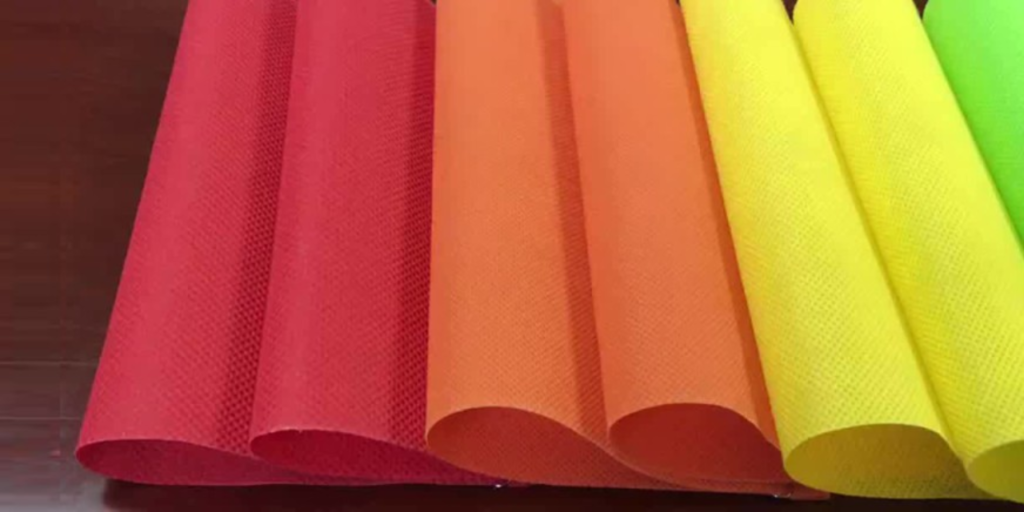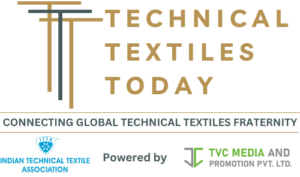
Nonwoven fabric, a fascinating textile material, has gained significant traction across various industries due to its unique properties and versatile applications. Unlike traditional woven fabrics, nonwovens are made by bonding or interlocking fibers together without weaving, knitting, or stitching, resulting in a fabric that is durable, lightweight, and cost-effective. From healthcare to automotive, and from construction to fashion, nonwoven fabrics have found their place in countless applications. Let’s delve into the specialties and diverse uses of this remarkable material.
Non-woven fabric manufacturing process is very different from woven and Knit Fabric. It is often overlooked in the textile industry, boasts a myriad of specialties that make it a versatile and indispensable material in various applications. Unlike traditional woven fabrics, nonwovens are engineered fabrics made by bonding or interlocking fibers together through mechanical, thermal, or chemical processes, rather than weaving or knitting. This unique manufacturing process results in a fabric with distinctive properties and characteristics, making it suitable for a wide range of uses across different industries.
Versatile Application of Nonwoven Fabric
Applications of nonwoven fabric reached everywhere beyond any other fabric types.
1. Healthcare Industry:
Nonwoven fabrics play a crucial role in the healthcare sector due to their exceptional properties such as breathability, liquid repellency, and barrier protection. They are widely used in disposable surgical gowns, masks, drapes, wound dressings, and disposable medical supplies. Nonwovens provide a protective barrier against pathogens while ensuring comfort and ease of movement for medical professionals and patients alike.
2. Hygiene Products:
Nonwoven fabrics form the backbone of various hygiene products including diapers, feminine hygiene products, and adult incontinence pads. Their high absorbency, softness, and hypoallergenic nature make them ideal for these applications, providing comfort and protection for users of all ages.
3. Filtration Systems:
Filtration systems rely heavily on nonwoven fabrics for their efficiency in capturing particles and contaminants. Whether in air filtration systems, water purification processes, or automotive filters, nonwoven materials offer superior filtration capabilities, ensuring cleaner air and water for a healthier environment.
4. Automotive Industry:
Nonwoven fabrics are increasingly used in the automotive sector for various applications such as carpeting, headliners, upholstery, and trunk liners. Their lightweight nature, sound insulation properties, and resistance to wear and tear make them an attractive choice for improving comfort and durability inside vehicles.
5. Agriculture and Landscaping:
Nonwoven fabrics find applications in agriculture and landscaping for crop protection, weed control, and soil stabilization. They are used as ground covers, mulches, and crop covers to promote plant growth, prevent soil erosion, and minimize the need for chemical pesticides.
6. Construction Sector:
In the construction industry, nonwoven fabrics are utilized for geotextiles, roofing membranes, insulation materials, and drainage systems. Their strength, durability, and resistance to harsh environmental conditions make them indispensable for various civil engineering projects, contributing to the longevity and sustainability of infrastructure.
7. Fashion and Apparel:
Nonwoven fabrics have even made their mark in the fashion industry, where designers experiment with unconventional materials to create avant-garde clothing, accessories, and footwear. From haute couture to everyday wear, nonwoven textiles offer endless possibilities for innovative and sustainable fashion creations.
8. Packaging and Industrial Applications:
Nonwoven fabrics are also employed in packaging materials, industrial wipes, furniture upholstery, and protective covers. Their versatility, customizability, and cost-effectiveness make them an attractive choice for numerous industrial applications where durability and performance are paramount.
In conclusion, types of nonwoven fabrics specialties and uses are as diverse as the industries it serves. Its unique combination of properties including breathability, absorbency, strength, and versatility has made it an indispensable material across multiple sectors. As technology continues to advance and environmental sustainability becomes increasingly important, nonwoven fabrics are expected to play an even more significant role in shaping the future of various industries, offering innovative solutions and driving progress in materials science and engineering.
